
The work of Norman Borlaug, who helped save billions from starvation, is worth recalling, especially as opposition to gene-modified crops mount, says Shreekant Sambrani.
If Norman Ernest Borlaug were a Roman Catholic, he could be declared a saint immediately. The Church begins the canonisation process five years after the death of the candidate and requires the person be credited with at least two miracles, one of which must have occurred after death.
Borlaug died at the age of 95 on September 12, 2009. He exceeded the miracle requirement of by a factor of at least half a billion, during and after his life.
By common consent, he is thought to have saved over a billion lives through his intercession with Mother Nature, the non-believer's equivalent of the Supreme Being.
Borlaug went to Mexico in 1944 to help fight hunger. He bred dwarf wheat plants that diverted their bio-energy from vegetative growth (tall plants with long leaves) to reproductive growth with higher grain yield, were disease resistant and flourished when the nutrient depleted soils were given chemical fertilisers. This process took over 15 years and by the early 1960s, the Mexican wheat yield had increased six-fold!
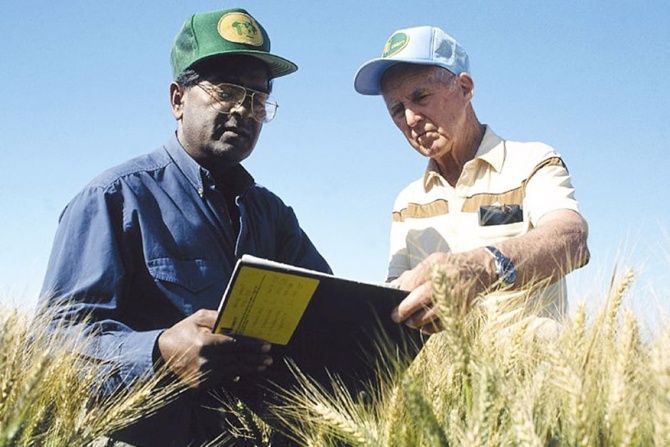
He came to India in 1966 at the invitation of the government, after the horrendous droughts of 1965 and 1966, when we led a ship-to-mouth existence on PL 480 wheat gifted by the United States.
He had brought Mexican wheat seeds with him and replicated the Mexican success. By 1967, there was a turnaround and 1968 showed a jump of 50 per cent in our wheat production to reach 16 million tons (today we produce nearly six times as much on twice the acreage). We would have been a basket case otherwise. There could be no greater recognition of Borlaug's contribution than the Nobel Prize for Peace he received in 1970.
Its stellar success notwithstanding, the Green Revolution has been the subject of intense criticism. The leading antagonist is Vandana Shiva, who has a PhD in philosophy, but insists that she is an experienced scientist.
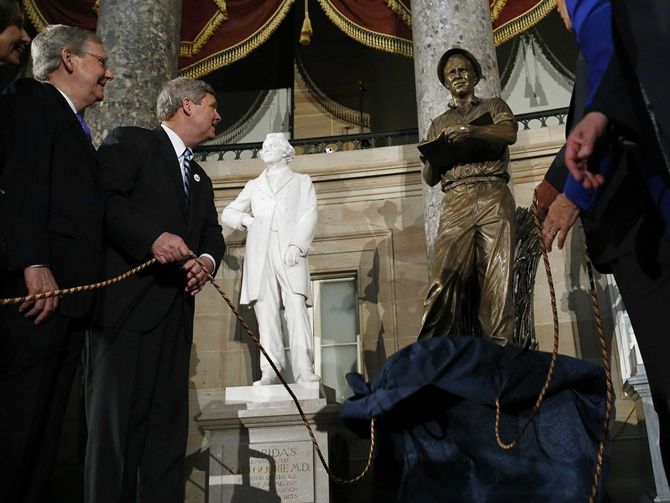
She has mounted what amounts to a crusade against modern technology-based agriculture, especially that which includes gene-modified (GM) varieties. In a recent article ('Seeds of slavery,' The Asian Age, August 29, 2014), she made some preposterous claims: 'Green Revolution is the name given to chemical agriculture, based on seeds adapted to chemicals and not to the local ecosystem. During the 1960s, the US land-grant universities were involved in training our scientists in the "monoculture of the mind", the US department of agriculture and US Agency for International Development were involved in pushing (it)... In the five decades since the Green Revolution, science has taught us the value of diversity to ensure sustainability, increase in food production and resilience. Diversity creates abundance in our agriculture systems and benefits the quality of our food systems, and thereby, our health.'
The truth, or what little I have been able to garner of it (and I have actually worked in agriculture since 1971, all over India and abroad, and studied realities at the farm level) is quite the contrary: There is every effort to preserve diversity in all crops, for that is what gives and sustains genetic vigour.
ICAR has a very large bank of cultivars of diverse crops and germplasms, as do ICRISAT, CIMMYT and IRRI, all extremely well-respected institutions, but handmaidens of seed imperialism in Vandana Shiva's eyes.
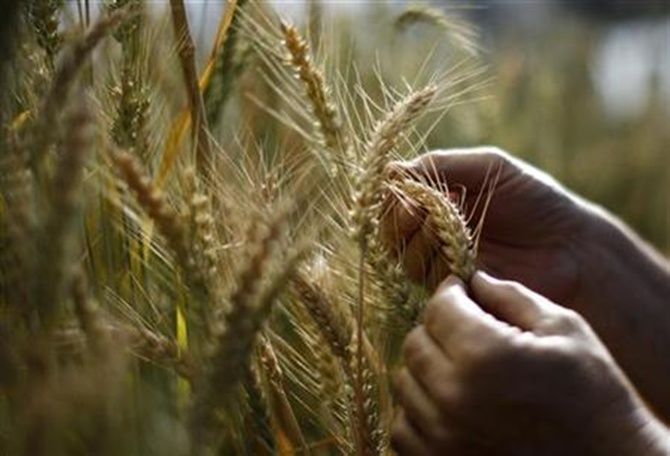
The Shiva campaign features recently in Michael Specter's long essay in The New Yorker (;Seeds of doubt', August 24, 2014). He finds her to be an indefatigable traveller and given to making dramatic claims about the 'evil' of modern agriculture.
He concludes, 'Much of what (Shiva) says resonates with the many people who feel that profit-seeking corporations hold too much power over the food they eat. Theirs is an argument well worth making. But her statements are rarely supported by data, and her positions often seem more like those of an end-of-days mystic than like those of a scientist.' In effect, Shiva's arguments are like giving the dog a bad name and shooting it.
There is no denying the gravity of the problem of feeding 10 billion people and their aspirational requirements in the next 50 years from the same or diminishing area available with weather uncertainties caused by global warming.
As Specter says, 'no single crop or approach to farming can possibly feed the world. To prevent billions of people from living in hunger, we will need to use every one of them.' And that must include GM varieties, albeit with careful testing and safeguards.
Unfortunately, the previous Indian government showed misguided ecological zeal in placing a 10-year ban on further testing of GM food crops. The Americas and parts of Africa and South-East Asia have consumed GM maize and soyabean either directly or as parts of animal feeds for close to two decades now. There is no evidence supporting claims of any damage or deaths caused by these varieties.
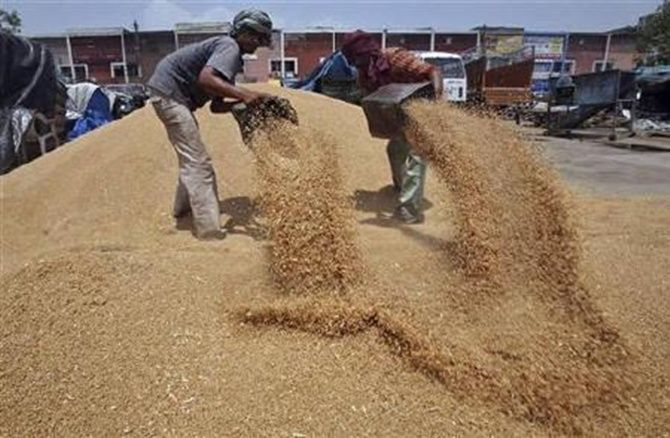
The eco-warrior Luddites have now found an unusual ally in India. The Swadeshi Jagran Manch with greater access to the seats of power now has raised the alarm of exploitation by a new avatar of the East India Company (read foreign firms) which, it claims, indulge in price-gouging for their proprietary seeds.
This is not new. Monsanto, which introduced Bt cotton in India, faced flak on this account. More importantly, it also faced severe competition from Indian suppliers, and prices dropped soon enough to help expand the Bt acreage manifold. There is every reason to expect similar developments with other crops as well.
Support for further testing of GM varieties is formidable. It comes from: Bill and Melinda Gates Foundation, the Rockefeller Foundation, the International Food Policy Research Institute, besides the above-named institutions.
The greatly respected Dr M S Swaminathan is also among the votaries of this approach, as are Mark Lynas and Patrick Moore, formerly of Greenpeace, both one-time opponents of GM crops.
Borlaug himself summed up the debate in a 2002 article in the International Herald Tribune: 'Extreme environmental elitists seem to stop scientific progress. Small, well-financed, anti-science groups are threatening the development and application of new technology.'
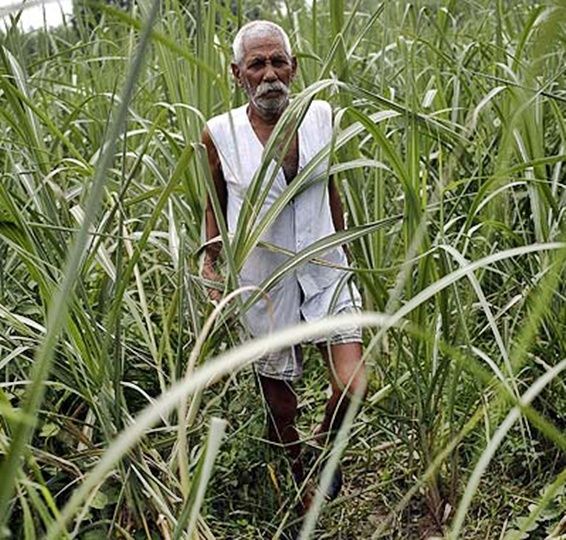
While the affluent nations can certainly afford to adopt elitist positions, and pay more for food produced by so-called natural methods, the one billion chronically undernourished people of the food-deficit nations cannot.
Access to new technology will be the salvation of the poor, not, as some would have us believe, keeping them wedded to outdated, low-yielding, and more costly production methods. Global food insecurity will not disappear without the effective application of new technology.'
Truer and more impassioned pleas were never made.
The present government, headed by a prime minister who has unequivocally stated his commitment to fighting poverty and using technology, must heed these words. That would be a fit tribute to the latter day saint who saved countless souls, a large majority of whom were Indians.
Dr Shreekant Sambrani taught at the Indian Institute of Management-Ahmedabad, and helped set up the Institute of Rural Management, Anand.











